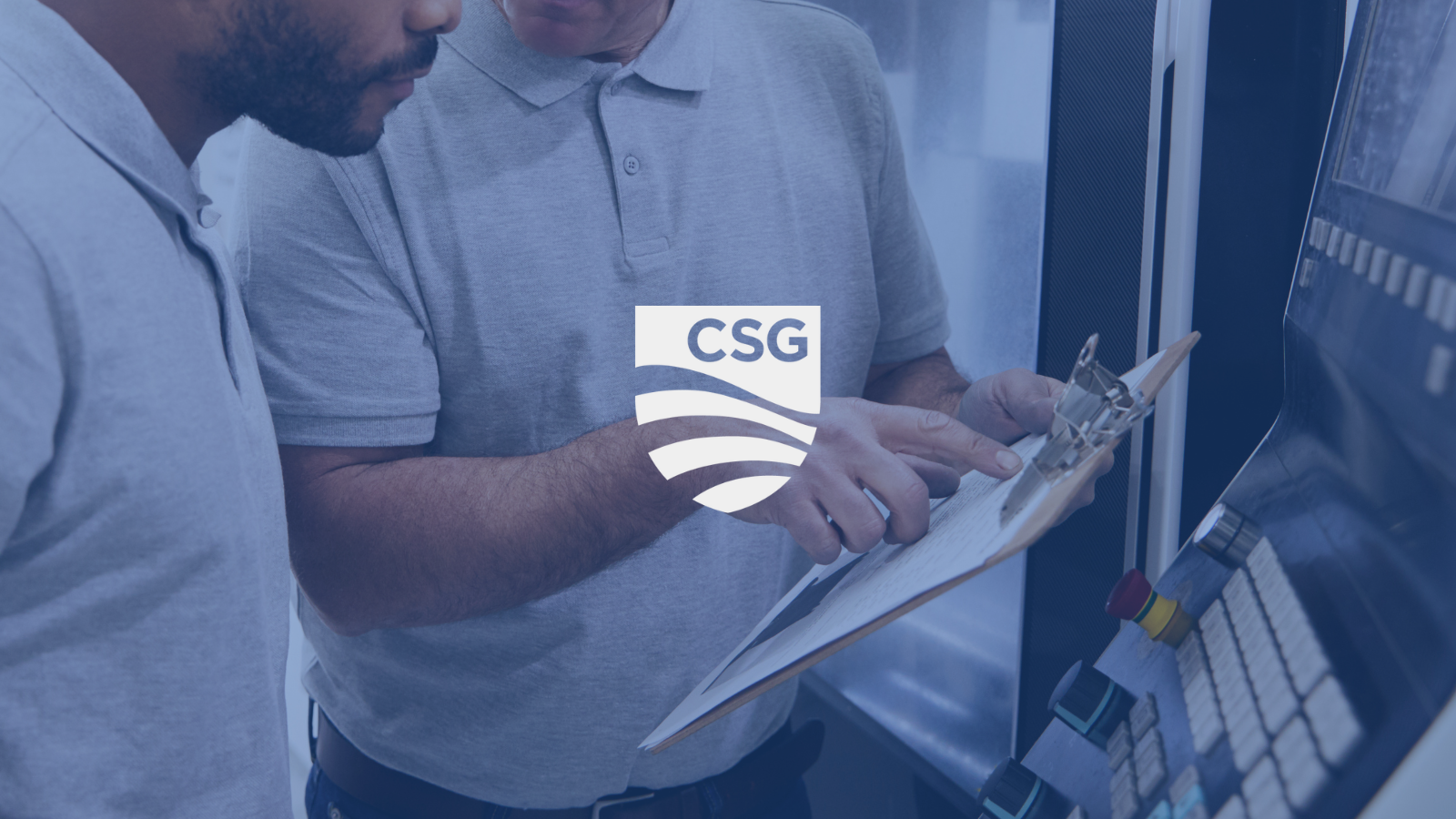
By Joe Paul and Mary Wurtz
On Jan. 17, the Office of the Federal Register published a notice of proposed rulemaking from the U.S. Department of Labor titled “National Apprenticeship System Enhancements.” The proposed rule changes present a range of updates to 29 CFR Part 29, the regulations governing apprenticeship labor standards and the National Apprenticeship System. The 60-day period for public comment on the proposed regulations closes March 18.
The proposed changes are summarized in three subparts, as a resource for policymakers, apprenticeship professionals and others to make informed comments before the deadline passes.
Subpart A addresses proposed changes to the definitions and standards for registered apprenticeship programs. Primarily, proposed changes under section 29.8 reinforces current apprenticeship standards, requiring a minimum of 2,000 on-the-job training hours for all programs and 144 related instruction hours per each 2,000 hours on the job. Amendments in subpart A also seek to standardize and centralize existing practices for program registration, the signing of apprenticeship agreements and more.
Subpart A also updates definitions for key components of registered apprenticeship and adds definitions for terms like “pre-apprenticeship,” which have been used by the federal government for several years but never formally added to regulations. Proposed changes also clarify the requirements for an occupation to be deemed “suitable” for apprenticeship and the federal government’s ultimate authority in determining an occupation’s suitability.
Subpart B, beginning with proposed section 29.24, was developed in collaboration with the U.S. Department of Education to increase student apprenticeship capacity. Acknowledging participation of high-school-aged youth in registered apprenticeships has been limited. The goal is to expand apprenticeship opportunities for high school and postsecondary students. Subpart B introduces core requirements that blend labor standards and industry skillsets into career and technical education (CTE) apprenticeship programs. This requires coordination with each state’s CTE and apprenticeship registration agency to increase the development and registration of CTE-based apprenticeship programs.
Emphasizing the skills found in industry frameworks, the model increases related instruction hours and on-the-job training targeting youth, specifically those aged 16-24, in high school or already engaged in postsecondary education. The programs will be aligned with Perkins CTE programs, and state CTE agencies will play a critical role in their development and implementation. The apprentice will gain industrywide skills, recognized postsecondary credentials and pathways to employment, the types of registered apprenticeships outlined in Subpart A, and opportunities for further education.
Subpart C reflects the Department of Labor’s emphasis on data collection and the related metrics of success. The subpart acknowledges that technological advances have led to increased emphasis on data-driven decision-making and the role of the Registered Apprenticeship Data and Program Information Data System (RAPIDS) in enhancing collection, reporting and analysis capabilities. The changes include collecting individual participant information, tracking apprentice progress and new measures for evaluating success. Within the proposed changes, the Department of Labor recognized concerns with information disclosure, privacy and data protection while balancing the need to enhance the existing apprenticeship data systems.
Subpart C also outlines recognition for the responsibilities of state apprenticeship agencies, duties and functions of state apprenticeship agencies — including an apprenticeship state plan — and reciprocity issues that may arise with registration. The proposed rulemaking also includes requirements for state apprenticeship agencies to submit quarterly apprentice and sponsor data to RAPIDS, with the goal of improving data quality, increasing agency transparency and providing accountability within registered apprenticeships.
All proposed changes by the Department of Labor seek to align the U.S. National Apprenticeship System with international labor best practices and recent research on registered apprenticeship programs. Employers, policymakers, apprentices, labor organizations and others can submit comments on the proposed rule changes by March 18.
For questions, please contact Mary Wurtz via email at [email protected] or Joe Paul at [email protected].




